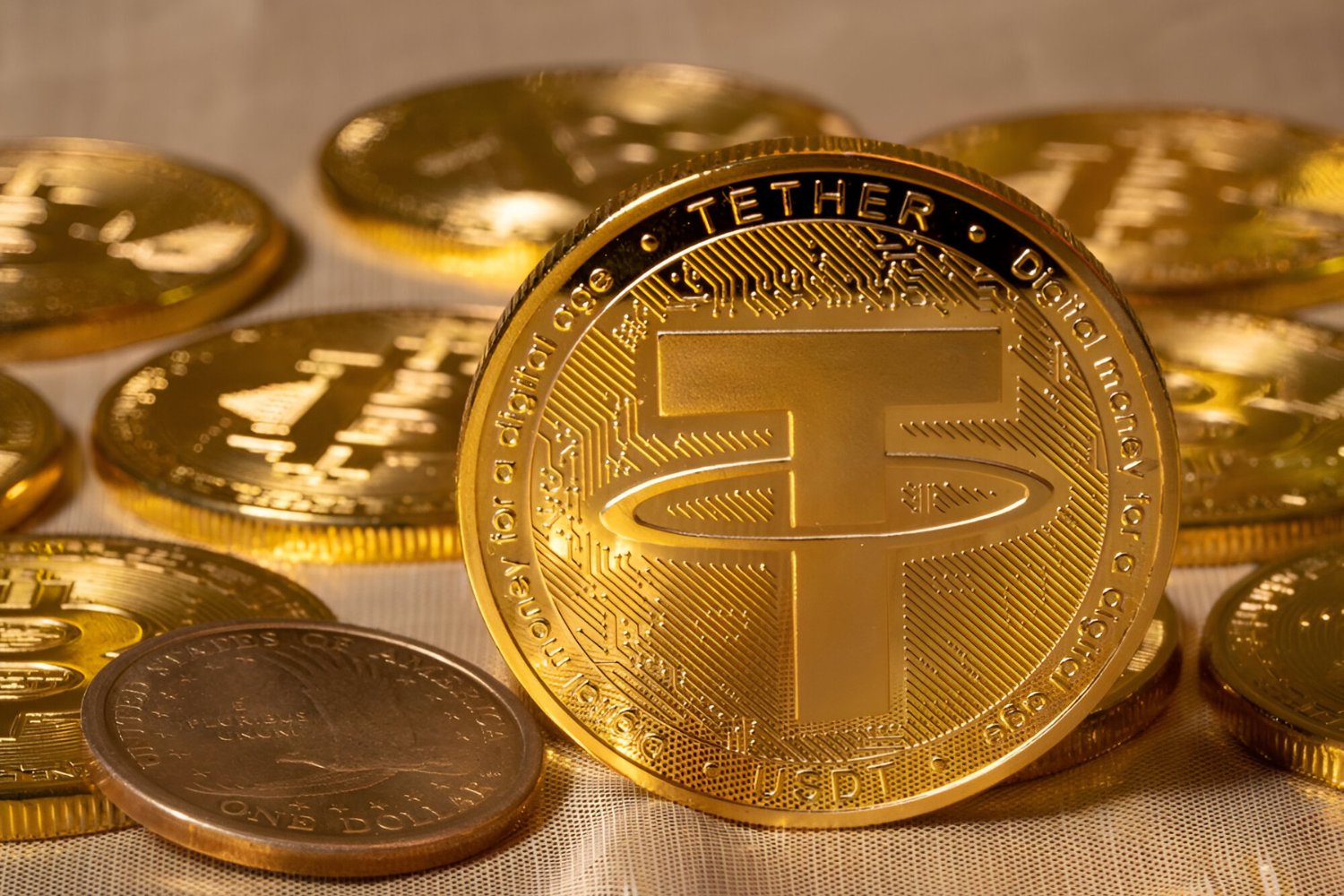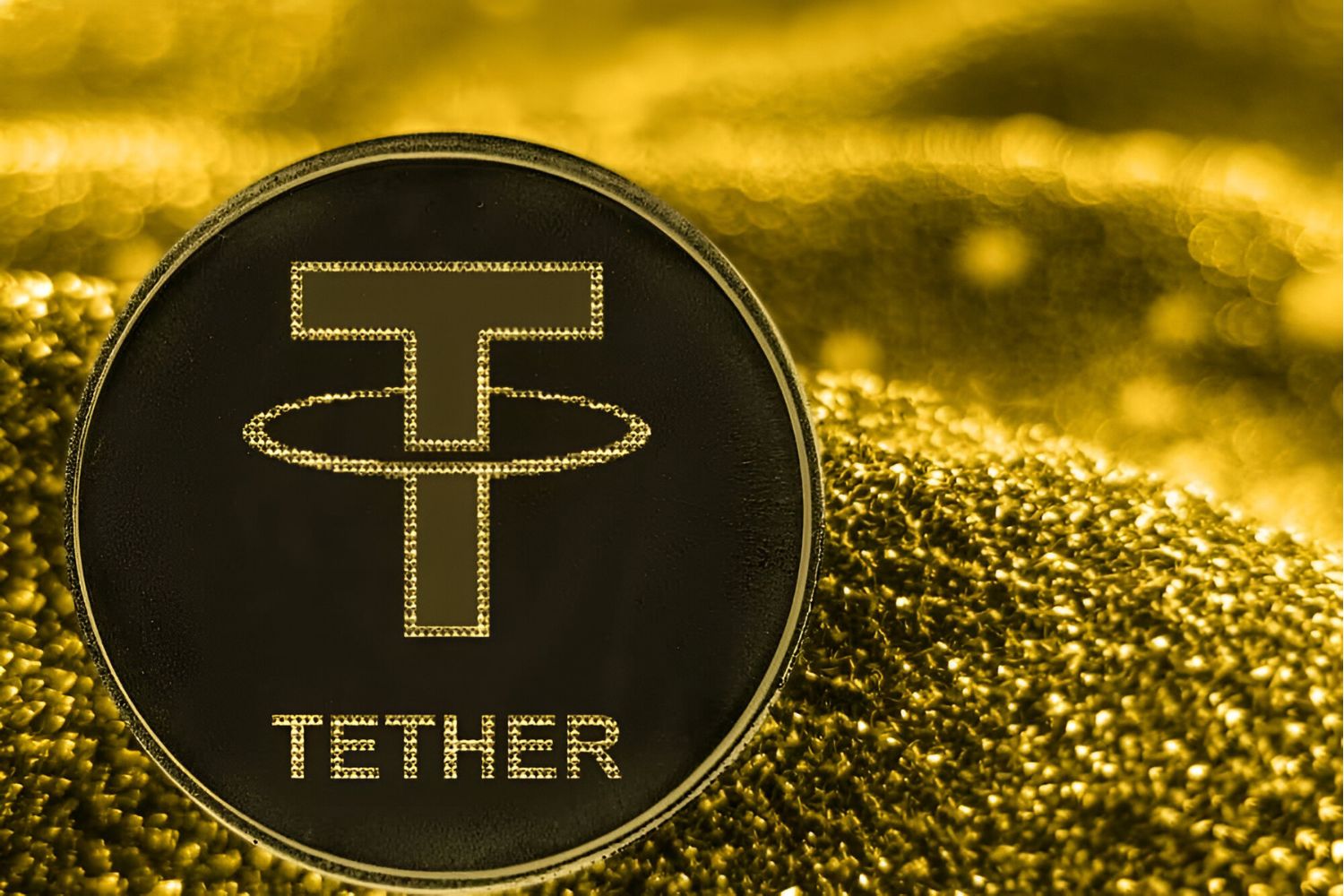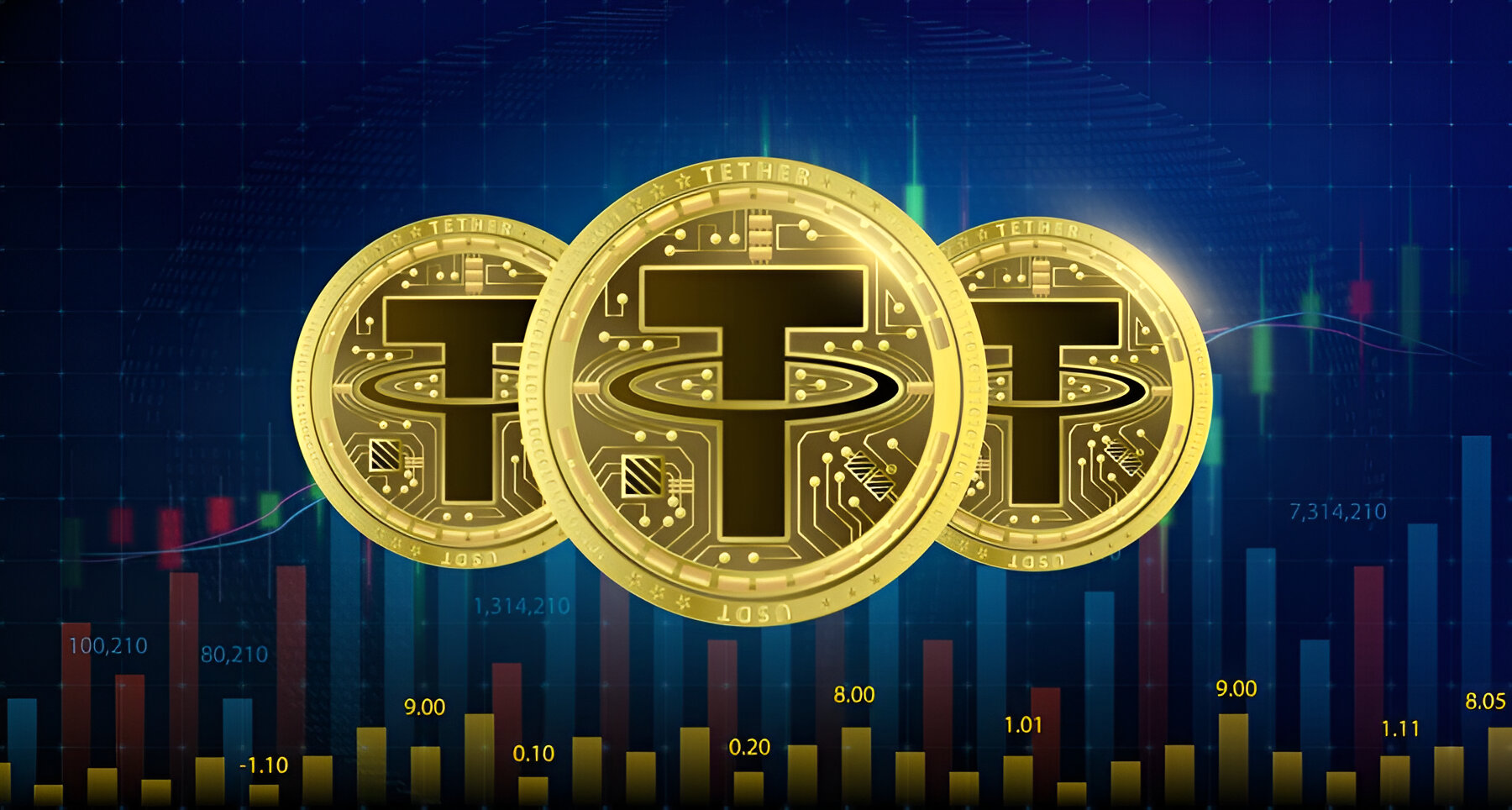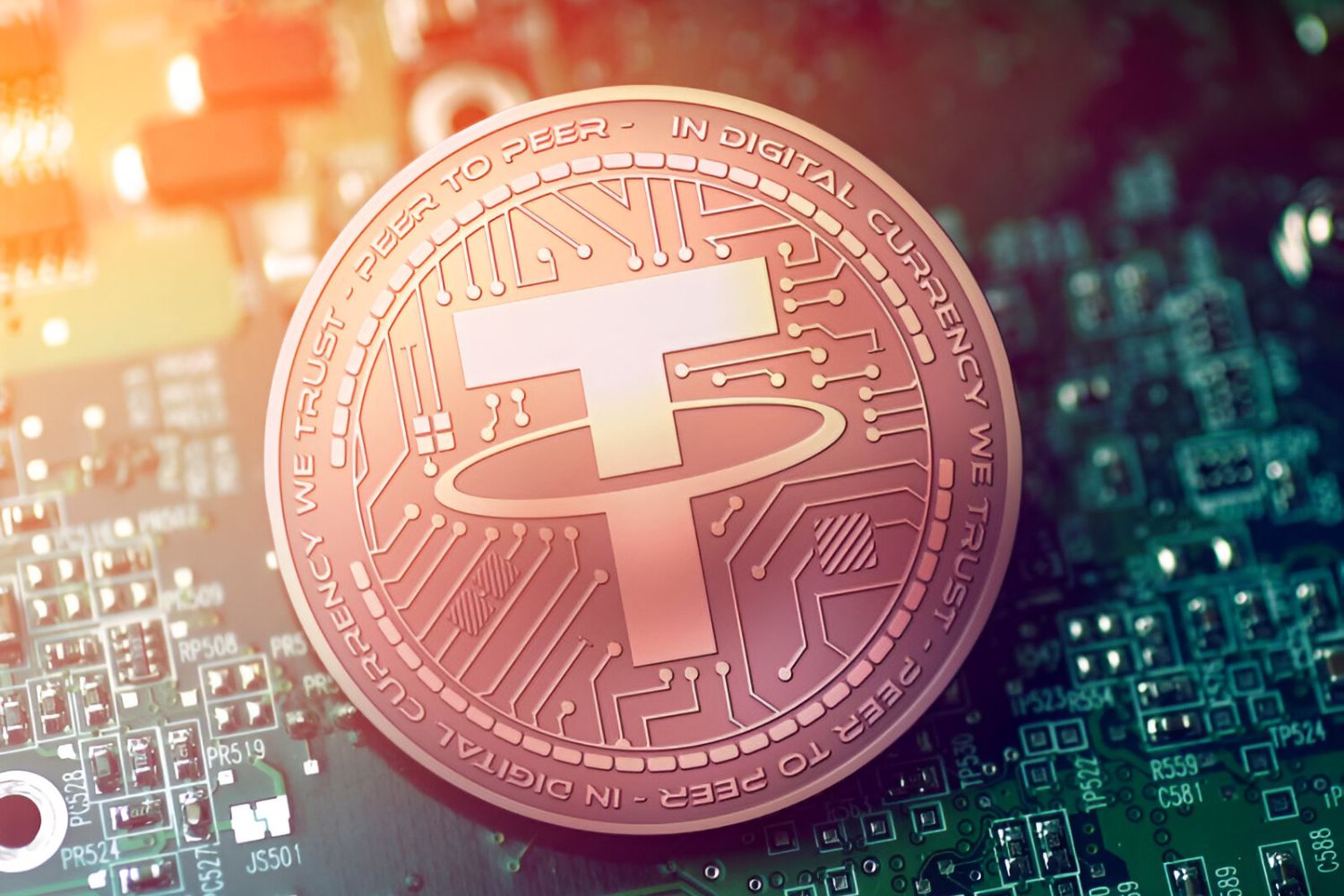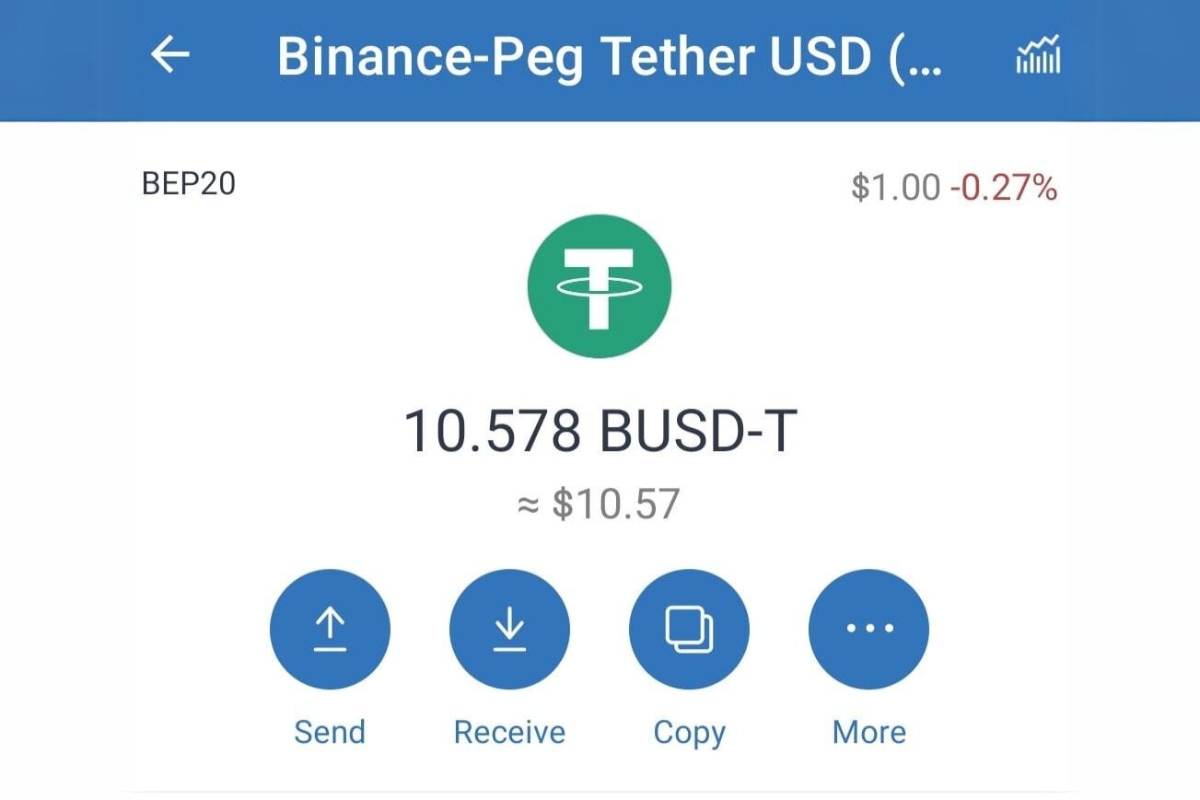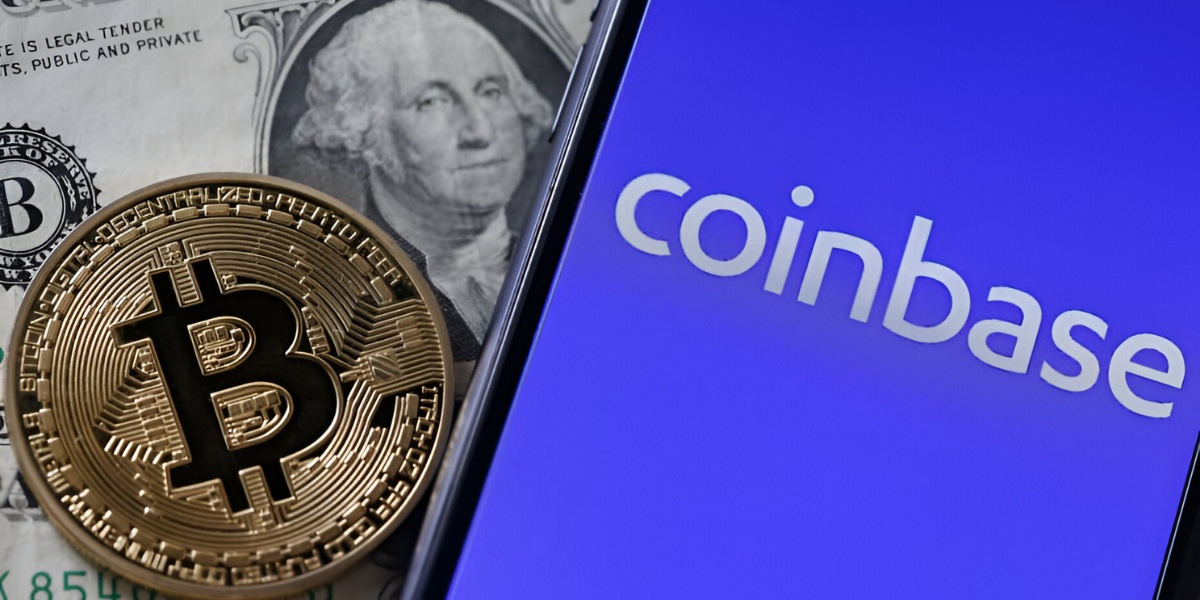Introduction
Stablecoins have emerged as a revolutionary asset class in the world of digital currencies, offering stability and security to cryptocurrency investors. One prominent stablecoin that has garnered significant attention is Tether. In this article, we will explore what Tether stablecoin is, how it works, its advantages, concerns surrounding it, and how it compares to other stablecoins.
Stablecoins, as the name implies, are cryptocurrencies that aim to maintain a stable value. Unlike most cryptocurrencies, which can be highly volatile, stablecoins are designed to provide a reliable store of value and serve as a medium of exchange. They achieve stability by pegging their value to an external asset, such as a traditional fiat currency or a basket of assets. This pegging mechanism ensures that the price of the stablecoin remains relatively constant, reflecting the value of the underlying asset. As a result, stablecoins offer the benefits of cryptocurrencies, such as fast transactions and global accessibility, while minimizing the volatility that often plagues the crypto market.
Tether, commonly denoted as USDT, is one of the most widely used stablecoins in the crypto ecosystem. It was launched in 2014 by Tether Ltd., a company closely associated with the cryptocurrency exchange, Bitfinex. Tether is designed to maintain a 1:1 peg with the US dollar. This means that for every Tether token in circulation, there should be an equivalent amount of US dollars held in reserves. Tether achieves this by periodically conducting audits to provide transparency and ensure that the necessary reserves are available.
What is a Stablecoin?
A stablecoin is a type of cryptocurrency that aims to address the price volatility often associated with traditional cryptocurrencies, such as Bitcoin and Ethereum. While these cryptocurrencies have gained popularity for their potential high returns, their price fluctuations can make them impractical for everyday transactions and store of value. Stablecoins, on the other hand, offer stability by pegging their value to an underlying asset, commonly a fiat currency like the US dollar or a basket of assets.
The key feature of stablecoins is their ability to maintain a relatively constant value, regardless of market conditions. This is achieved through various mechanisms such as collateralization, algorithmic stabilization, or a combination of both. Collateralized stablecoins maintain stability by holding an equivalent amount of the underlying asset in reserves. For example, if a stablecoin is pegged to the US dollar, it will hold US dollars in a bank account to ensure its value. Algorithmic stablecoins, on the other hand, use complex algorithms and smart contracts to adjust the supply of the stablecoin in response to market demand, thereby maintaining a stable price.
Stablecoins offer several advantages over traditional cryptocurrencies. Firstly, they provide a reliable and predictable store of value, making them more suitable for everyday transactions and long-term investments. This stability is particularly appealing to merchants and consumers who require a consistent pricing mechanism. Additionally, stablecoins enable faster and cheaper transactions compared to traditional banking systems, making them an attractive alternative for cross-border transfers. Stablecoins also eliminate the need for intermediaries, such as banks, in financial transactions, reducing counterparty risk and enhancing privacy.
What is Tether Stablecoin?
Tether Stablecoin, denoted as USDT, is a prominent example of a stablecoin that aims to provide stability and liquidity in the world of cryptocurrencies. Launched in 2014, Tether is designed to maintain a 1:1 peg with the US dollar, meaning that each USDT token in circulation is theoretically backed by an equivalent value of US dollars held in reserves. This pegging mechanism ensures that the price of Tether remains relatively stable and reflects the value of the US dollar.
Tether operates on the blockchain technology, utilizing the Omni Layer protocol, which is built on top of the Bitcoin blockchain. This allows for the issuance, transfer, and redemption of Tether tokens in a secure and transparent manner. Tether Ltd., the company behind Tether, claims to conduct regular audits to verify the existence and sufficiency of the USD reserves that back the stablecoin. These audits provide transparency and reassurance to users about the stability of Tether.
One of the unique characteristics of Tether is its widespread adoption and integration in the cryptocurrency industry. Tether is supported by numerous cryptocurrency exchanges, making it easily accessible to traders and investors. Its liquidity and stability have made it popular as a trading pair against other cryptocurrencies, enabling users to quickly move into and out of Tether as a safe haven during times of market volatility. Additionally, Tether has expanded beyond its initial USDT stablecoin and has introduced other stablecoins pegged to different currencies, such as the Euro and the Chinese Yuan.
Overall, Tether has positioned itself as a reliable and widely used stablecoin within the cryptocurrency ecosystem. Its peg to the US dollar, transparency measures, and extensive adoption make it a popular choice for traders and investors seeking stability and liquidity in the volatile world of cryptocurrencies. However, Tether has also faced its share of controversy and scrutiny, which we will explore in the following sections.
How Does Tether Work?
Tether operates on a system that involves three main components: Tether Tokens (USDT), the Tether Treasury, and the Tether Network. Tether tokens are created when users deposit US dollars into the Tether Treasury, and they can later redeem these tokens for US dollars. The Tether Tokens are then transferred on the Tether Network, allowing users to utilize them for transactions and store of value within the cryptocurrency ecosystem.
To ensure the stability and value of Tether, Tether Ltd. claims to maintain reserves equivalent to the number of Tether Tokens in circulation. These reserves consist of traditional currencies, mostly in the form of US dollars, held in regulated banks. Tether conducts periodic audits by third-party firms to provide transparency and verify the existence of these reserves.
The creation of Tether Tokens is initiated by users depositing US dollars into the Tether Treasury. Once the deposit is verified, an equivalent number of Tether Tokens, with a value pegged to the US dollar, is issued to the user’s account. These tokens can then be used for various purposes, such as trading on cryptocurrency exchanges or executing transactions with other users. The transfer of Tether Tokens is executed through the Tether Network, which operates on blockchain technology, ensuring secure and transparent transactions.
When users wish to convert their Tether Tokens back into US dollars, they can initiate a redemption process. The user sends the Tether Tokens back to the Tether Treasury, and upon verification, the equivalent US dollar value is transferred to the user’s bank account. This process allows users to have confidence in the stability and convertibility of Tether Tokens when needed.
It is important to note that Tether operates as a centralized stablecoin, meaning that the issuance and management of Tether Tokens are controlled by Tether Ltd. This centralization has both advantages and disadvantages – on one hand, it enables easier integration and widespread adoption, while on the other, it raises concerns about transparency, regulatory compliance, and the potential for mismanagement. These concerns have contributed to the ongoing debate and scrutiny surrounding Tether’s operations.
What are the Advantages of Tether?
Tether, as a stablecoin, offers several advantages that make it attractive to users within the cryptocurrency ecosystem. Let’s explore some of the key advantages of Tether below.
1. Stability: Tether’s primary advantage lies in its stability. Being pegged to the US dollar, each Tether token represents the value of one US dollar. This stability makes Tether a reliable store of value and a suitable medium of exchange for everyday transactions. It provides a level of predictability and assurance, especially in a market known for its volatility. Individuals and businesses can rely on Tether to hold their funds without worrying about significant price fluctuations.
**
2. Liquidity: Tether enjoys widespread adoption and support across numerous cryptocurrency exchanges. This high liquidity allows users to seamlessly convert their cryptocurrency holdings into Tether during times of market uncertainty or volatility. Traders leverage Tether as a safe haven, swiftly moving their assets out of highly volatile cryptocurrencies into a stablecoin that maintains its value. The availability and easy accessibility of Tether make it a valuable tool for navigating the volatile crypto market.
**
3. Speed and Efficiency: Tether operates on blockchain technology, which facilitates fast and efficient transactions. The use of smart contracts enables quick verification and settlement of transactions, significantly reducing the time it takes for funds to be transferred. This speed is particularly advantageous for cross-border transactions, as it eliminates the need for intermediaries and reduces transaction costs and processing times associated with traditional banking systems.
**
4. Transparency: Tether Ltd. claims to conduct regular audits by third-party firms to verify the existence and sufficiency of the reserves backing Tether tokens. These audits provide transparency and reassurance to users that their Tether tokens are indeed backed by the US dollars held in reserve. It offers a level of confidence and accountability, enhancing trust in Tether as a stablecoin.
**
5. Integration and Acceptance: Tether has gained widespread acceptance and is supported by a large number of cryptocurrency exchanges and platforms. This integration allows users to easily trade, transact, and store Tether tokens across multiple platforms. The extensive adoption of Tether helps foster its liquidity and usability within the cryptocurrency ecosystem.
**
While Tether has its advantages, it is essential to consider the potential risks and concerns associated with this stablecoin, which we will discuss in the following sections.
What are the Concerns about Tether?
**
Tether has faced significant scrutiny and raised concerns within the cryptocurrency community and regulatory bodies. Some of the major concerns about Tether are outlined below.
1. Lack of Transparency: Despite claims of regular audits, Tether Ltd. has faced criticism for its lack of transparency. The company has not always provided conclusive evidence to support its claims that Tether tokens are fully backed by US dollar reserves. This opacity has raised suspicion and led to questions about the true extent of the reserves and the financial health of Tether.
**
2. Regulatory Scrutiny: Tether, being a centralized stablecoin, operates within the boundaries of regulatory scrutiny. There have been concerns about its compliance with existing regulatory frameworks, particularly regarding anti-money laundering (AML) and know your customer (KYC) regulations. The lack of transparent regulatory oversight has given rise to fears about potential illicit activities and unregulated operations.
**
3. Counterparty Risk: Tether’s centralized nature exposes users to counterparty risk. Since Tether tokens are issued and managed by Tether Ltd., users must trust the company to act responsibly and maintain the reserves required to back the tokens. Any mismanagement, insolvency, or loss of trust in Tether Ltd. could result in the value of Tether collapsing, putting users’ funds at risk.
**
4. Market Manipulation: Tether has been accused of engaging in market manipulation, specifically in relation to the price of Bitcoin. Critics argue that Tether has been used to artificially inflate the price of Bitcoin and other cryptocurrencies. This manipulation could have significant consequences for the overall cryptocurrency market and undermines the integrity and fairness of trading.
**
5. Audit Controversies: The controversy surrounding the auditing process of Tether has also raised concerns. Tether’s claims of conducting audits by third-party firms have been questioned, as the company has not consistently provided conclusive evidence to support these claims. The lack of transparency regarding the auditing process further fuels doubts and distrust among users and the broader cryptocurrency community.
**
It is important to note that these concerns do not necessarily invalidate the value and functionality of Tether. However, they highlight the need for increased transparency, regulatory compliance, and clearer communication to address the doubts surrounding Tether’s operations and provide users with greater confidence.
Tether vs other Stablecoins
**
As stablecoins gain popularity, a variety of alternatives to Tether have emerged. Let’s take a closer look at how Tether compares to some notable stablecoins in the market:
1. USDC (USD Coin): USDC is a stablecoin issued by Circle and Coinbase. Like Tether, USDC is pegged to the US dollar with a 1:1 ratio, and it undergoes regular audits to ensure transparency. However, USDC is known for its strong regulatory compliance and transparency measures, making it a preferred choice for users concerned about Tether’s controversies.
**
2. DAI: DAI is a decentralized stablecoin created by MakerDAO. Rather than being backed by traditional currencies, DAI is collateralized by other cryptocurrencies, primarily through the use of Ethereum smart contracts. The decentralized nature of DAI provides increased transparency and avoids the counterparty risk associated with centralized stablecoins. However, its value is subject to market fluctuations, which may affect its stability.
**
3. BUSD (Binance USD): BUSD, issued by Binance in partnership with Paxos, is another stablecoin pegged to the US dollar. It is backed by reserves held by regulated financial institutions. BUSD offers seamless integration with the Binance exchange and leverages the extensive trading volume and liquidity of the platform.
**
4. PAX (Paxos Standard): PAX is a regulated stablecoin that aims to offer transparency and stability. It is issued by Paxos and is redeemable for US dollars on a 1:1 basis. PAX undergoes regular audits and is regulated by the New York State Department of Financial Services (NYDFS), providing users with an additional layer of trust and assurance.
**
When comparing Tether to these stablecoin alternatives, it is important to consider factors such as transparency, regulatory compliance, decentralization, and liquidity. Tether’s widespread adoption and integration make it easily accessible, but concerns surrounding its transparency and regulatory compliance have motivated users to explore alternative stablecoin options.
It is worth noting that the stablecoin landscape is continually evolving, and new players may emerge with additional features and improvements. Users should carefully consider their needs and preferences, as well as the reputation and credibility of stablecoin providers, when choosing the most suitable stablecoin for their specific use cases.
Conclusion
Stablecoins, like Tether, have revolutionized the cryptocurrency market by offering stability, liquidity, and trust to users. Tether has established itself as one of the most widely recognized and utilized stablecoins due to its peg to the US dollar, widespread adoption, and high liquidity on various cryptocurrency exchanges.
While Tether provides stability and convenience, there are valid concerns that surround the transparency, regulatory compliance, and counterparty risk associated with this stablecoin. The lack of complete transparency and conclusive evidence of reserves has generated skepticism among users and regulatory bodies. The ongoing controversies surrounding Tether’s operations and its alleged market manipulation have further contributed to the scrutiny and debate.
It is crucial for users to carefully evaluate the advantages and drawbacks of Tether, as well as alternative stablecoins, when selecting a suitable digital asset for their specific needs. Stablecoins like USDC, DAI, BUSD, and PAX offer different features, regulatory compliance, and levels of decentralization, providing users with a range of choices that align with their preferences and risk tolerance.
As the stablecoin landscape continues to evolve, it is essential for stablecoin providers to address concerns, enhance transparency, and ensure compliance with regulatory frameworks to strengthen trust and legitimacy within the cryptocurrency ecosystem. Increased transparency, third-party audits, and regulatory oversight can help to foster confidence in stablecoins and facilitate their wider adoption for mainstream use.
In conclusion,
users should carefully weigh the benefits and risks associated with stablecoins, including Tether, to make informed decisions when participating in the world of cryptocurrencies. By staying informed and considering the various stablecoin options available, users can leverage the advantages of stablecoins while being mindful of the potential concerns and uncertainties surrounding these digital assets.







